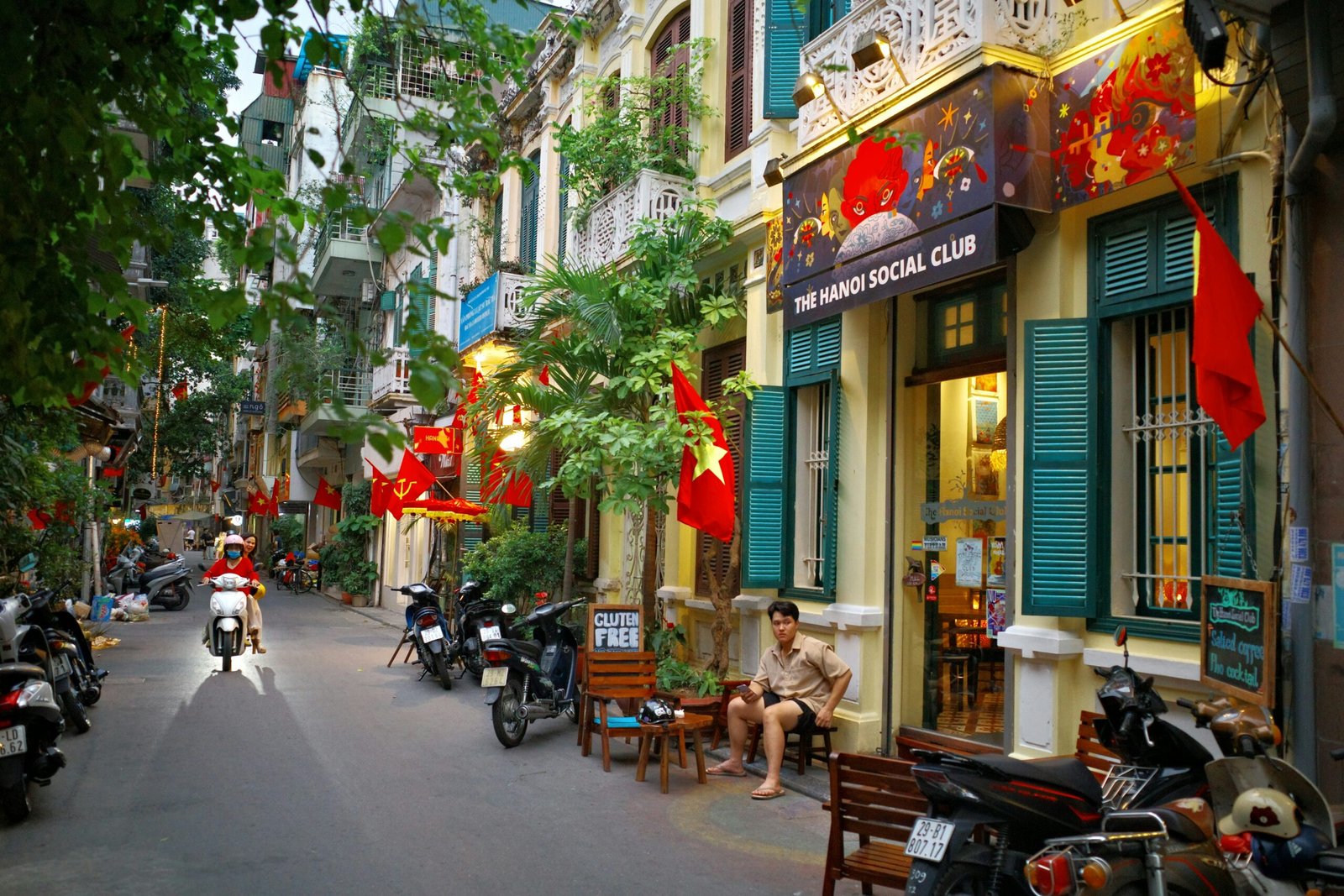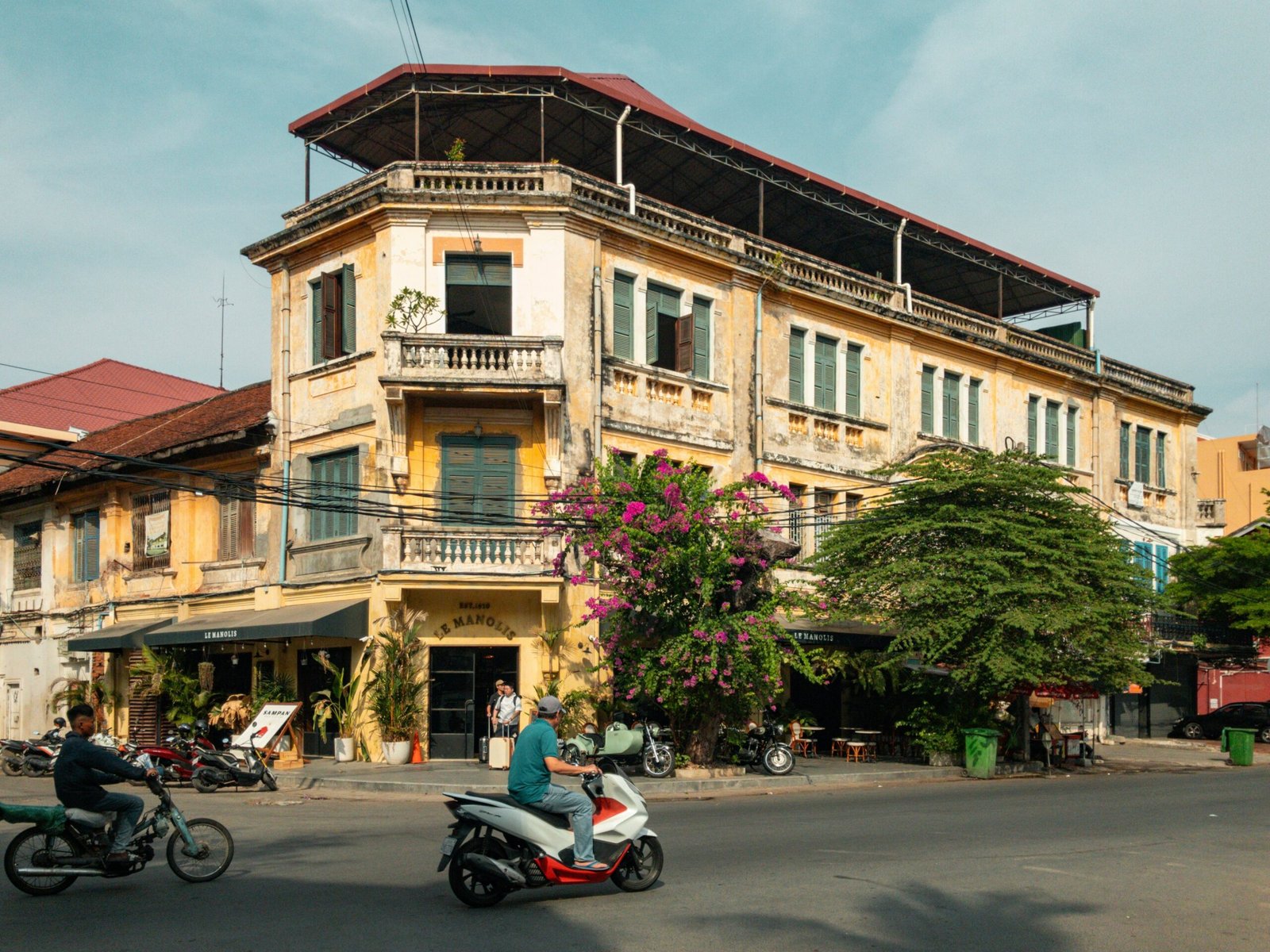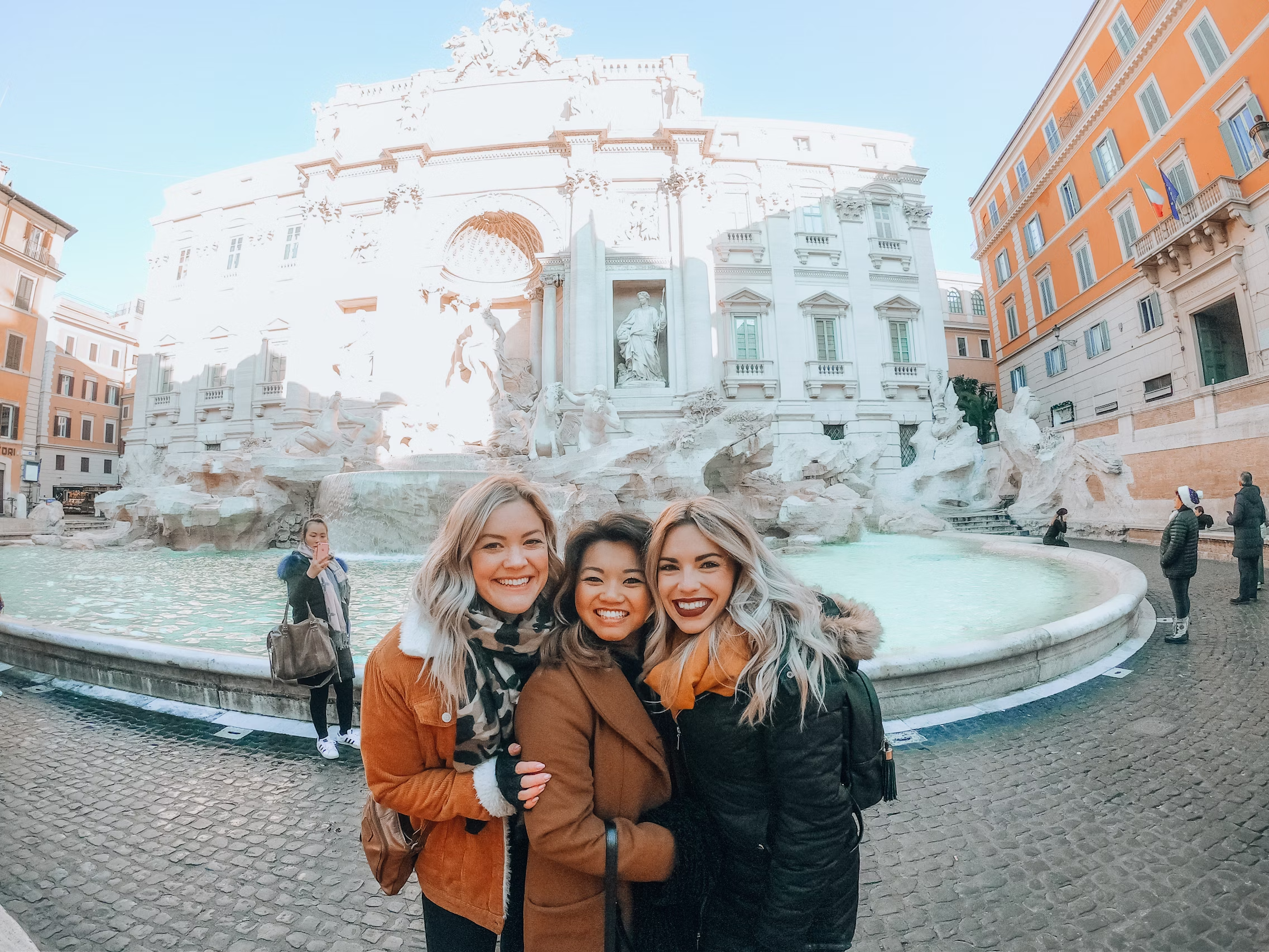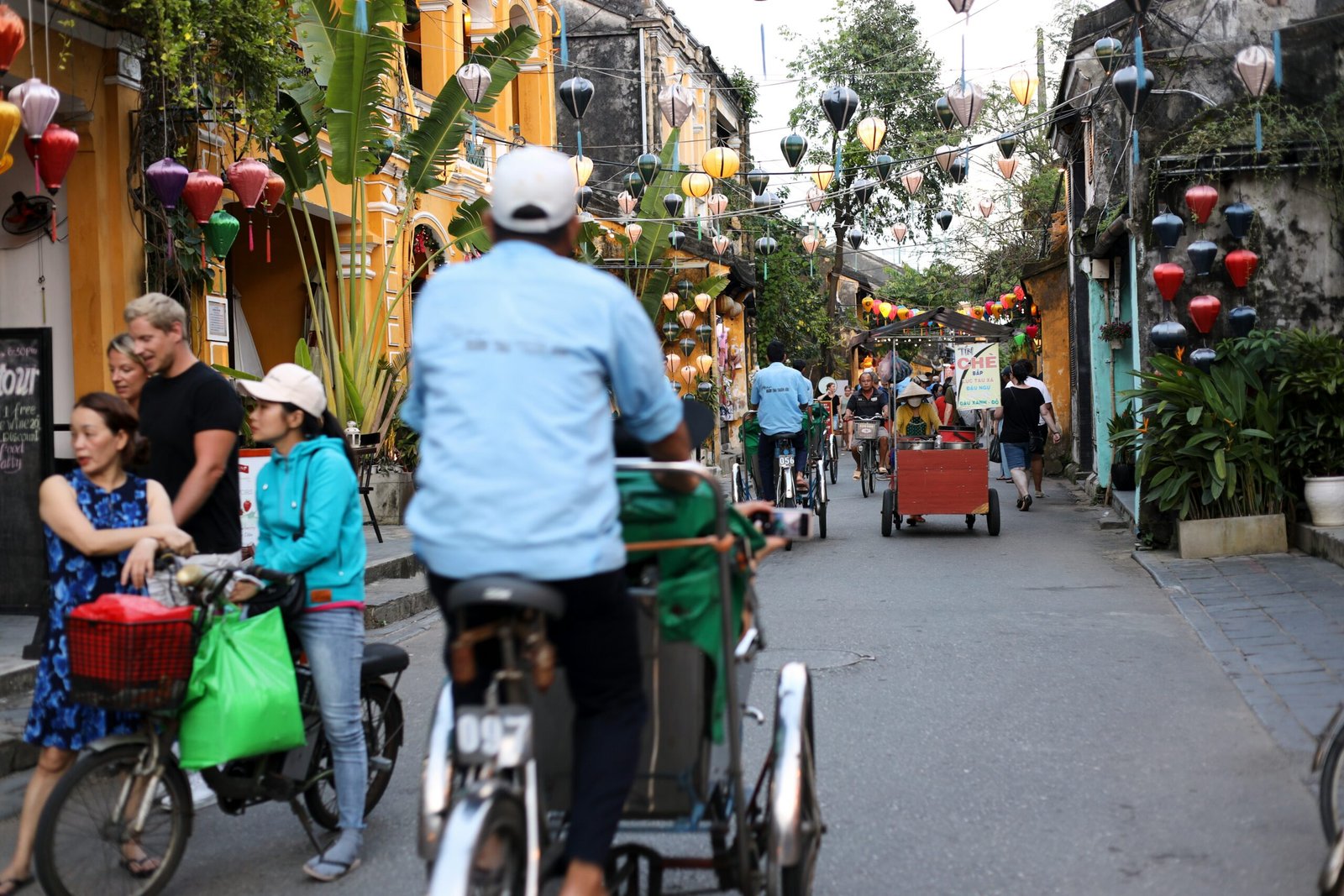A Local’s Guide to Hanoi’s Old Quarter Culture, Crafts & Hidden Cafes

A Local’s Guide to Hanoi’s Old Quarter Culture, Crafts & Hidden Cafes

The moment you step into Hanoi’s Old Quarter, the city’s frantic energy shifts into a captivating, centuries-old rhythm. The air, thick with the scent of sizzling street food and fragrant incense, hums with the sound of a million motorbikes weaving through a maze of ancient streets. This isn’t just a place to visit; it’s a living, breathing museum, and this is your local’s guide to Hanoi’s Old Quarter.
For centuries, this has been the commercial heart of Hanoi. A place where artisans honed their skills, merchants traded their wares, and dynasties left their mark. Forget the generic tourist maps for a moment. To truly experience the Old Quarter, you need to get lost, wander with intention, and discover the hidden stories that lie just beneath the surface.
Living History: The Soul of the 36 Streets
The Old Quarter is often called the “36 Streets,” a name that harks back to the 15th century when guilds of craftsmen established their trades here. Each street was dedicated to a specific craft, and while modern life has blurred some of these lines, the essence of this history remains.
A great starting point for any Hanoi travel guide is the legendary Hoan Kiem Lake (Lake of the Returned Sword), the serene heart of the city. Take a stroll across the iconic red Huc Bridge to the Temple of the Jade Mountain, a peaceful sanctuary sitting on a small island. It’s the perfect place to watch locals practice Tai Chi at dawn and soak in the timeless atmosphere before the city fully awakens.
Don’t just stick to the main roads. Duck into the narrow alleyways, known as ngõ, where you’ll find communal courtyards, ancient banyan trees, and tiny temples tucked away from view. This is where you’ll witness daily life unfold a testament to the city’s incredible resilience and spirit.
“Tripmonks didn’t just book our trip to Vietnam; they gave us the keys to the city. Their insider tips on exploring the Old Quarter made us feel like locals, not tourists.” Sameer and Ritu, Bengaluru
A Shopper’s Paradise: The Artisan Craft Streets
Ready to explore the best shopping in Hanoi? The Old Quarter offers an experience far beyond typical souvenirs. Here, the streets themselves tell you what to look for.
- Hang Gai (Silk Street): This is the place for luxurious, high-quality silk products. From custom-tailored áo dài (traditional Vietnamese dress) to elegant scarves and embroidered home decor, the craftsmanship here is exquisite.
- Hang Bac (Silver Street): As the name suggests, this street has been the hub for silversmiths for centuries. You’ll find intricate jewelry, decorative items, and skilled artisans still at work in their small, family-run shops.
- Hang Ma (Votive Paper Street): A riot of colour and creativity, this street is dedicated to paper goods, particularly votive offerings to be burned for ancestors. Around festivals like the Mid-Autumn Festival or Tet (Lunar New Year), it transforms into a magical wonderland of lanterns and decorations.
- Lan Ong Street: Follow your nose to this street, the home of traditional medicine. The air is filled with the earthy, aromatic scent of medicinal herbs, roots, and spices, all displayed in large sacks lining the pavement.
The Hidden Cafe Culture: A Sip of Hanoi’s Soul
Hanoi’s coffee culture is legendary, but the best cafes are often the ones you can’t easily find. Forget the flashy storefronts; the true gems are hidden up winding staircases, in quiet back alleys, or overlooking the chaotic streets from a rickety balcony.
Finding one of these hidden cafes in Hanoi feels like uncovering a secret. The ultimate prize? A cup of Cà Phê Trứng egg coffee. This iconic Hanoi specialty is a rich, dark coffee topped with a creamy, meringue-like foam made from egg yolks and condensed milk. It’s a decadent dessert and a coffee all in one.
A Few Local Favourite to Get You Started:
1.Giảng Café: The birthplace of egg coffee. Tucked away in a small lane off Nguyen Huu Huan street, this humble cafe has been serving its famous brew since 1946.
2.The Note Coffee: While not exactly hidden, its unique charm lies in the thousands of handwritten notes from travelers that cover every inch of its walls, creating a colourful and heartwarming space.
3.Đinh Café: For a truly authentic experience, find this spot near Hoan Kiem Lake. It offers a stunning view of the lake from its balcony and serves a fantastic egg coffee in a setting that feels unchanged by time.
Let Tripmonks Guide Your Authentic Hanoi Adventure
The beauty of Hanoi’s Old Quarter lies in its delightful chaos and hidden treasures. But navigating it can be overwhelming. Having a trusted travel partner means you get the insider knowledge without the stress of planning. At Tripmonks, we craft personalized Vietnam holiday packages that go beyond the surface, connecting you with local guides and curated experiences that reveal the true heart of a destination. We handle the logistics so you can focus on the magic of discovery.
3. FAQ Section
Frequently Asked Questions Q1: Is Hanoi’s Old Quarter easy to walk around? Absolutely! The Old Quarter is best explored on foot. It’s compact, but the streets are busy, so be mindful of motorbike traffic. For longer distances, a cyclo (three-wheeled bicycle taxi) offers a classic, leisurely way to see the sights.
Q2: What is the best time of day to explore the Old Quarter? Early morning (6-8 AM) is magical, as you see the city wake up with locals exercising and markets opening. The evening is also fantastic, as the streets come alive with night markets, lanterns, and a vibrant street food scene, especially around Ta Hien “Beer Street.”
Q3: What should I wear when visiting temples in Hanoi? When visiting temples or pagodas, it’s important to dress respectfully. This means covering your shoulders and knees. It’s a good idea to carry a light scarf or sarong with you that you can easily drape over your shoulders if needed.
4. Conclusion & Call to Action
Hanoi’s Old Quarter is not just a collection of streets; it’s a sensory journey into the heart of Vietnamese culture. It’s a place of contrasts, where ancient temples stand beside modern cafes and the legacy of artisan traditions continues in a bustling, modern city. It’s an experience that stays with you long after you’ve left.
Suggested Internal Link








